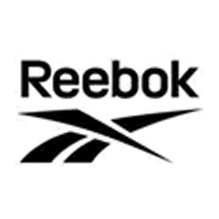Product Category

Watch Video
Haining MingMao
Textile Co., Ltd.
It is one of the professional sportswear fabric manufacturers. We are strong on polyester and nylon with or without spandex and their mixed content fabrics for yoga, gym wear, city leisure sportswear, game uniforms, underwear, and lingerie. We are
Knitted Polyester Fabric Manufacturers, Spandex Fabric Factory
. Our fabrics can be custom with various functions, like wicking, quick dry, antibacterial, cooling, UV protection, soil release, water proof, anti-statics by chemical or yarn function.
Let's View Our Services
We have a professional team to ensure that you will receive high-quality and thoughtful services.
-
01QualityRigorous production process design and process control make each batch of products more stable and traceable, and achieve efficient production control.
-
02Cost-effectivenessThe company's professional R&D team and technical service team can continuously provide new products with higher cost performance.
-
03CapacityWe have a complete ERP system, a well-planned sales and warehousing network, and an efficient operating mechanism.
-
04ServiceAdhere to seamless service, conduct timely visits, communications, and feedback to customers, and help customers solve problems.
-
05ShipmentHaining has a complete textile industry chain, covering chemical fiber, weaving, printing and dyeing, clothing and other links, and product delivery is convenient and fast.
Latest News & Insights

 English
English  Español
Español  عربى
عربى 


























